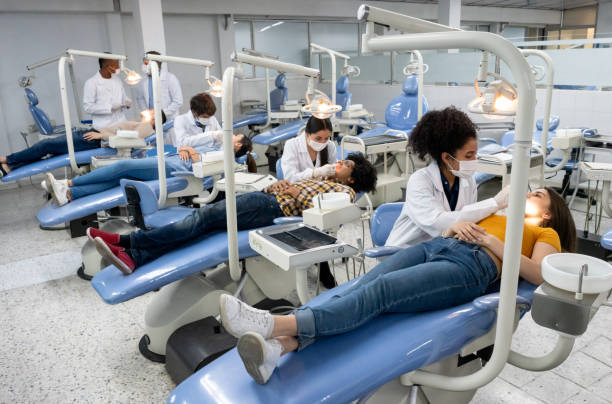Vertical ridge augmentation is a surgical procedure used in dentistry to build up the height or width of the alveolar ridge. This procedure is commonly performed to create a more stable foundation for dental implants in patients with inadequate bone structure. Before undergoing vertical ridge augmentation, patients often wonder about the results they can expect. In this article, we will explore the before and after results of vertical ridge augmentation procedures.
Understanding Vertical Ridge Augmentation
The alveolar ridge is the part of the jawbone that supports the teeth. In some cases, due to factors such as tooth loss, trauma, or periodontal disease, the alveolar ridge may become deficient in height or width. Vertical ridge augmentation involves adding bone graft material to the deficient area to rebuild and strengthen the ridge.
Before the Procedure
Prior to undergoing vertical ridge augmentation, patients will have a thorough examination by a dental professional. This may include X-rays, CT scans, and impressions of the jaw. The dentist will discuss the treatment plan, expected outcomes, and potential risks with the patient.
The Procedure
During the vertical ridge augmentation procedure, the dentist will make an incision in the gum to access the deficient area of the alveolar ridge. A bone graft material, which can be sourced from the patient's own body, a donor, or a synthetic material, is then placed in the area. The gum is then sutured closed to allow for healing.
After the Procedure
Following vertical ridge augmentation, patients can expect some swelling, discomfort, and minor bleeding. Pain medication and antibiotics may be prescribed to manage any discomfort and prevent infection. It is important for patients to follow the post-operative care instructions provided by their dentist.
Results and Recovery
Over the weeks and months following vertical ridge augmentation, the bone graft material will integrate with the existing bone, gradually rebuilding the alveolar ridge. Patients will need to attend follow-up appointments to monitor the healing process. Once the ridge has healed sufficiently, the patient may be eligible to receive dental implants.
Before and After Comparison
Before vertical ridge augmentation, patients may have difficulty receiving dental implants due to inadequate bone support. However, after the procedure, patients will have a stronger and more stable alveolar ridge, allowing for successful placement of dental implants. This can improve the patient's ability to eat, speak, and smile confidently.
Conclusion
Vertical ridge augmentation is a valuable procedure that can enhance the oral health and quality of life of patients with inadequate bone structure. By understanding the before and after results of vertical ridge augmentation, patients can make informed decisions about their dental care. If you are considering vertical ridge augmentation, consult with a qualified dental professional to learn more about this procedure and its potential benefits.





Comments